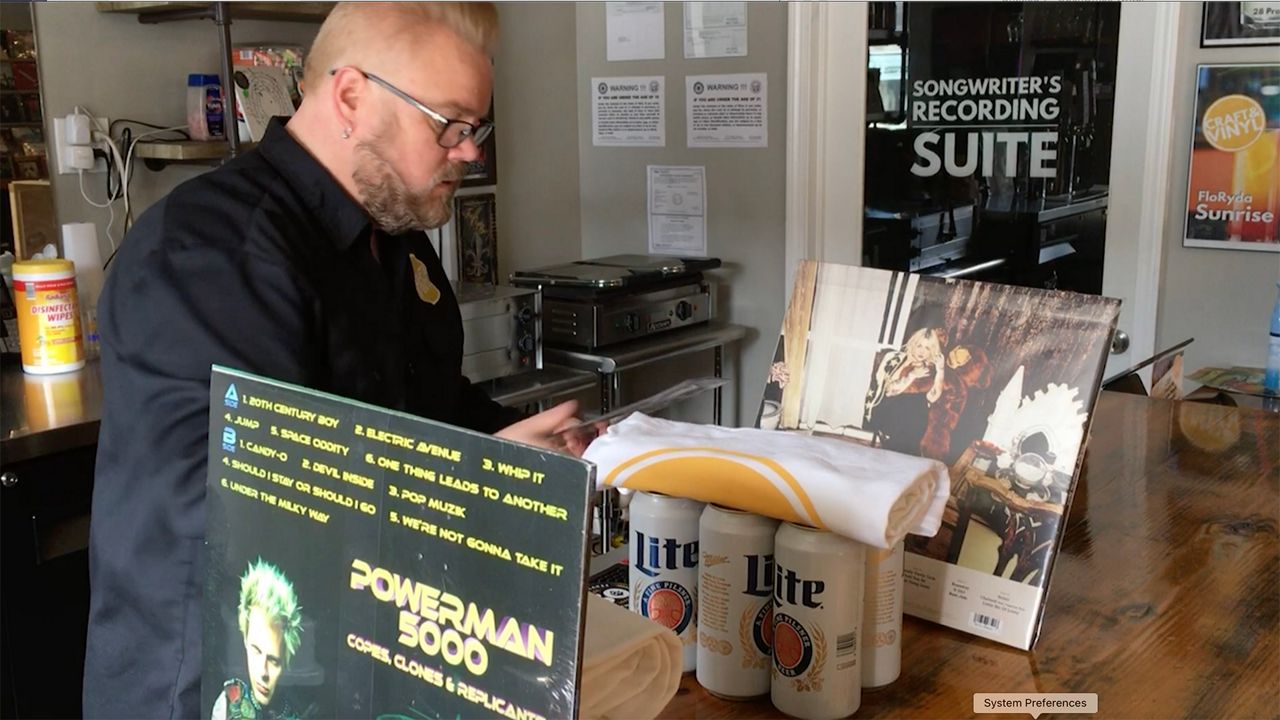HAYS – Anybody who wants to can now view the fossil collections at Sternberg Museum of Natural History in Hays without leaving home.
That means more than 23,000 rock and fossil specimens, most of them housed in storage cabinets behind the scenes on the museum’s first floor, are now accessible online.
“Everything is in our online database,” said Aly Baumgartner, paleontology collections manager for the museum. “All of our material is available online.”
The database can be searched by a simple word, like “mosasaur” or “pteranodon,” or if the fossil has been mentioned in a published scientific paper, it can be searched by its catalog number.
“You can find out a description of what it is, say a shell or a finger bone, and then you can figure out who collected it, when it was collected, where it was collected, that sort of stuff,” Baumgartner said. “Almost all our invertebrate collection also has a picture associated with it, and a lot of the vertebrate collection.”
Getting all that data entered was not an easy task.
It took about 20 Fort Hays State University students, undergraduate and graduate, working over the course of about four years, said Laura Wilson, chief curator at the Sternberg, and curator of paleontology and geology.
The project was paid for with $340,000 in grants, most of the money coming from the National Science Foundation, said Wilson.
The grants were part of a big push nationally by the NSF to bring out of storage collections the millions of natural history specimens in U.S. museums, Wilson said. The program called for capturing each specimen as data, images and 3D scans, to make them available online to researchers, educators and the public worldwide.
“It’s been an exciting undertaking,” Wilson said. “It makes a huge difference pretty much on every level. It makes it easier to recall the data if we get inquiries, and now we know what we have, where it is, and how to care for it. That’s important for the longevity of the collection.”
It’s also important for the Sternberg paleontology department to catch up with current trends for natural history museums, Wilson said. Scientists from around the globe who couldn’t otherwise travel to the museum, can now use the collection for their research.
“On an international level, we’ve seen a huge increase in research community awareness,” she said. “We see our data being downloaded. They’re finding us, and scientists are publishing on the specimens.”
It’s also been beneficial for K-12 educators and their students, Wilson said, noting the museum has held workshops with teachers around the state on how they can make use of the database when teaching earth sciences to their students.
To get to the database, start at the museums website: Sternberg.fhsu.edu. From there, click on “Research & Collections” and choose “Paleontology” from the drop-down menu. On that page, scroll down a bit and on the left-hand side click on the blue “Paleontology Collections” button.

